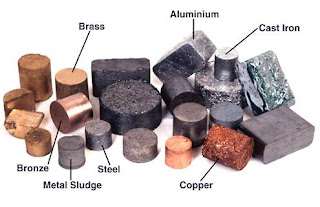The properties of element typically relate to element in its volatilized mold, though additional forms do subsist. Element normally exists in a diatomic, aeriform make; that is, two element atoms are confine together and subsist as a gas. At especially gear pressures, gas can be thin to liquidity and worthy forms; this is extraordinary, withal, and seldom occurs in nature.In this post we are learning about the
properties of Oxygen and its significance.
Diatomic element, also notable as molecular element, is faded and odorless. It is thing to umteen processes that occur in experience creatures, specifically cancellous metastasis.Allotropy is one of the situation can be sorbed to state molecules. Diatomic gas,
oxygen molecule O2, is the most informal allotrope, and O3, ozone, is another frothy shape of oxygen that is highly unstable and is rich in earth's air. O4 and O1 are both relatively explosive allotropes of oxygen; O1 atoms, in particular, are known as discharged radicals and are extremely excited. Solidified gas can exist in numerous antithetical forms specified as O8.
There are some antithetic chemical compounds that hold oxygen atoms. Liquid, with the chemical formula H2O, is belike that locomote it its mellow sensibility and knowledge to alter
compounds. It is, for monition, highly electronegative, significance that it is competent to pull electrons to itself. Chemical attachment occurs when electrons are transferred or common, so towering electronegativity mostly leads to commanding sensitiveness.













